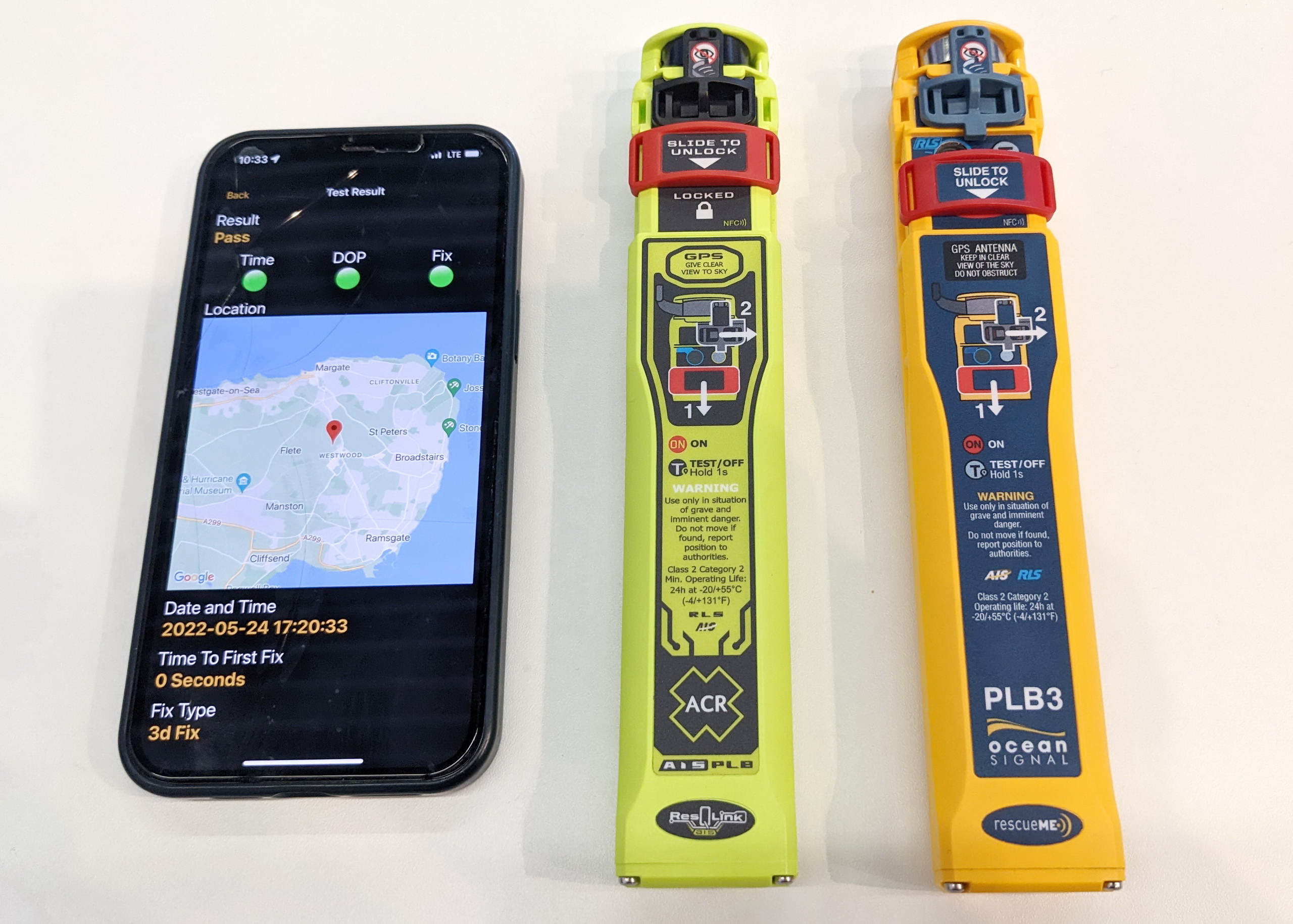Class B AIS, ruminations

Word of ACR’s Nauticast B started an interesting, if sometimes fretful, conversation yesterday, and, whereas I’ve got the bully pit here (guest bloggers welcome), I’m going to exercise it. While the concerns about over-crowded AIS screens, Class B filters, and minimal big ship AIS plotting minded by minimal seamen all have truth to them—and should be part of every new AIS user’s education—I think their overall importance may be exaggerated. Here are some reasons why:
- While I’m sure that San Francisco Bay in heavy fog can be terrifying, in my experience the scariest contacts with shipping weren’t in crowded ports but out in the open ocean, where any bridge with half decent equipment and personnel will likely be monitoring Class B targets. Lord knows there are some dunderheads driving very, very large objects out there, but I do not buy the notion that a high percentage of commercial sailors are oblivious to small boats.
- This photo I took on Penobscot Bay illustrates another scenario. Shipping is light here—I’ve never seen two underway at the same time—but the traffic lane that runs down the bay crosses the route of almost every cruising boat going in or out of four active harbors. And it can get so foggy that…
well, people write about it.
This ship is being guided by a pilot, and pilots tend to be the best seamen on the planet, and they tend to care. (I was tickled to learn recently that at least one officer of the APA appreciates Panbo.) - Now, while I have had ships on the Bay alter course for me (which felt grand), you could make a good argument that just a receiver would do the job. But aren’t we learning that Class B transponders will all be good dual channel receivers with GPS built in? And wouldn’t you like to be seen by boats, including other Class B type boats, that are watching? For instance, have you ever crossed Stellwagen Bank at night with a dozen trawlers doing loop-d-loops, sometimes driven by a guy who has no qualms about putting a multi-million candle power spotlight in your face? If and when the new regs go into effect, those boats will surely be using B to watch each other, and annoyances like me.
- Finally, haven’t we just gotten started with Class B and might it not move at an amazing rate? Bigger screens, better plotting graphics, etc. Software Radio Technologies tells me they are already working on a significantly lower cost Class B circuit board, and there’s a rumor circulating that China and South Korea are close to mandating B on some 250,000 vessels—freakin all of them—perhaps as soon as this year, with a three year full roll out! Wouldn’t that goose the technology, and our collective knowledge about how to best use it?













All good points. No question that the second generation will be less expensive that the first and that volume will drive cost down. And lower cost usually means lower prices and broader adoption.
With regard to who’s watching, what do we (or really you!) already know about the Class A equipment currently installed?
How will Class B be displayed on the existing Class A equipment?
Is there any ability to filter the targets?
Well, let me be clear that I do not know every technical detail of AIS, or anything else! But my understanding is that current Class A gear will see Class B dynamic data but may need a software upgrade to see a boat’s name, etc. The AIS displays on ships apparently vary hugely, from overlays on gigando ECDIS and dedicated radars to little grayscale LCDs stuck in the corner. And I believe that the ability to filter out Class B targets is permitted in the regulations, which also mandate that local authorities be able to shut down all B transmissions.
“And I believe that … mandate that local authorities be able to shut down all B transmissions.”
Well that’s interesting. How would they do that? Can they send out some sort of command that shuts down the Class B transponder? Does the Class B transponder need some sort of “OK to send” signal? That sounds wild!
I reviewed the Furuno FA-150 manual (Class A $4,000). It’s plotter display and target list do not differentiate between Class A and B, but do indicate an AtoN, SAR or BS (base station). Subequent data display pages do differentiate between A and B. I don’t see any way to filter the targets, other than it creates a separate list of “danger” targets.
It does indicate that the AIS uses two dedicated VHF channels and “is capable of being automatically switched to designated alternate channels by means of a message from a shore facility. Perhaps this is how a Class B can be shut down.
Getting down and dirty now, Russ! Apparently the local control capability was built into the System from early on, though still little used. Back then Class B was conceptualized but not defined, which I think explains what you see and don’t see in that Furuno manual. When the B spec was finally hammered out, it included local contol, aka frequency agility, and filtering…I think. It would be great if someone more confident about these details stepped in here, either directly or by emailing me (see contacts in right column). In the meantime, here’s some relevant dope from Oct., ’05:
https://panbo.com/yae/archives/001145.html
Ben that all sounds reasonable.
One more thing that will eventually be in favor of having class B transiever, is when they are popular, we might want to consider that the careless boaters we fear the most, will be considering those radar returns without an associated AIS symbol … noise.
Ben,
A google search turns up this:
http://www.sailing.org/default.asp?ID=j/fFnopv&MenuID=t67mGMnon~824QM6/%60xAM4Y1TU0d6YZUhv~JMBMq/RNTdbdlYpYP3PWct8Ulz4
Check out the paragraph titled OVERLOAD. It indicates that a shore station can turn off the class b transponders for a “short period”
Interesting
Dan
A “competant authority” may use special msg to shut Class B’s up in a specified area for a specified time (up to 15 minutes from memory). This was intended as an “only if everything else fails” feature and would only be used in very dire circumstances by the shore station / coastguard to ensure that Class A can be heard in the unlikely event that too many Class B’s could be overloading the channels. I emphasise that this is a feature that is not expected to see widespread or frequent use, it is there soley to ensure the ultimate integrity of the Class A and should NOT be seen as a reason to denigrate the Class B operations.